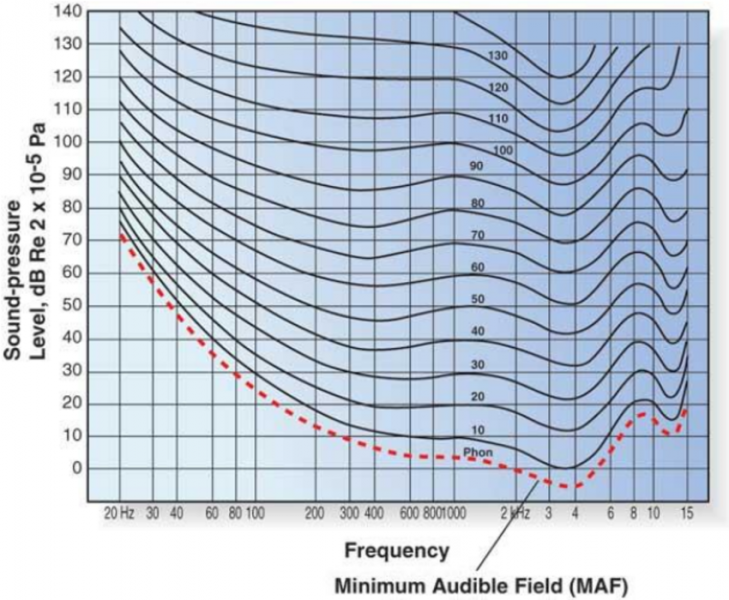What have you done to improve the Sense of Weight in your system? What technology or upgrade is most impactful?
Other than improving the the listening room, what have you guys done? Thanks in advance
Late to the party but here goes:
First, a sense of weight is contingent upon multiple factors: 1) speaker design 2) room size and speaker / SS locations 3) component choices including cables 4) subwoofers (or not) 5) particular musical tracks.
In no particular order:
5) Musical tracks: Listen to Leonard Cohen sing, "By The Rivers Dark" and you'll get a sense of weight on almost any system with full range speakers. Listen to Alison Kraus and the opposite is mostly true. Singers and recordings matter if you're after weight (in some cases excess weight).
3) Components: Weight is an area where component choices and their interaction will have a significant role. Some DACs, amps, preamps and even cables will have a warmer signature and lend themselves to more weight. Sometimes that comes with compromising speed and detail, sometimes not with high quality equipment. So choosing components and the way they sound together can provide weight, sometimes too much I find in many systems.
1) Speaker design: Similar to #3 some designers voice their speakers to (overly?) exude a sense of weight, that in your face mid bass that many people feel tugs at their heartstrings. Often coupled with tube amps and some folks are in heaven.
2) Room / locations: Another way to improve a sense of weight is to adjust your speakers' and sweet spot position. In general the closer to boundaries the more weight you'll achieve, but again often at the cost of clarity and accuracy. Everything is a tradeoff.
4) Subwoofers are IMO one of the greatest tuning devices for any system. When employed properly they can yield even, tuneful, accurate bass and can significantly affect the sense of weight. A few tips: a) Don't position them near the mains unless in a large room as you further exacerbate room modes b) less is more - while the added heft can be addictive, it's commonly not natural sounding and a little dab'll do ya. c) 2 is better than 1 sub - less effort with more subs = effortless, more = smoother bass and you can run them stereo if that works best in your room.
Additional comments - For full range speakers, physical speaker weight has little to do with a sense of weight, other than to say a bigger speaker with bigger mid - bass / bass drivers made of typical materials (they're almost all made of wood or a wood composite) = lots of physical weight and can deliver acoustic weight depending on the variables above. Listen to a pair of Giyas which are relatively light yet they can deliver plenty of acoustic weight.
Personal thoughts - I find most humans want and love more bass and more mid - bass (the weight you asked about). But after many years of listening I don't seek it as much as many as it's artificial when overly applied. Sure, it sounds cool on an occasional song (see Leonard Cohen above) but it simply doesn't sound real. Some major speaker designers literally bank on customers' addictions to mid - bass grandeur and design mid - bass / bass freq. "humps" into their designs - and they're selling like hotcakes. But when you hear a well - balanced speaker and system on a great recording you worry less about weight, bass heft / slam and focus on that elusive creature - sonic accuracy. YMMV. Enjoy!








